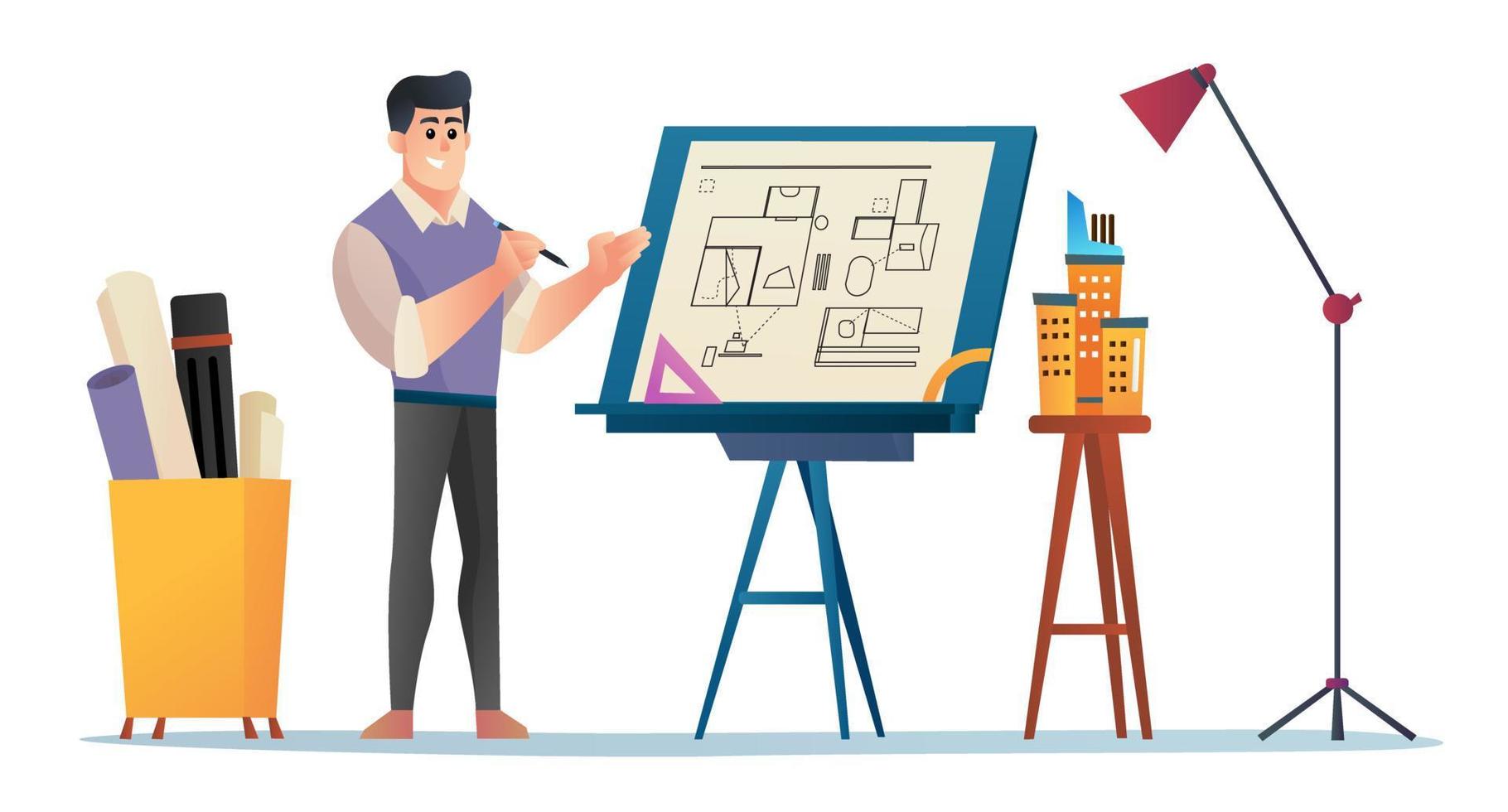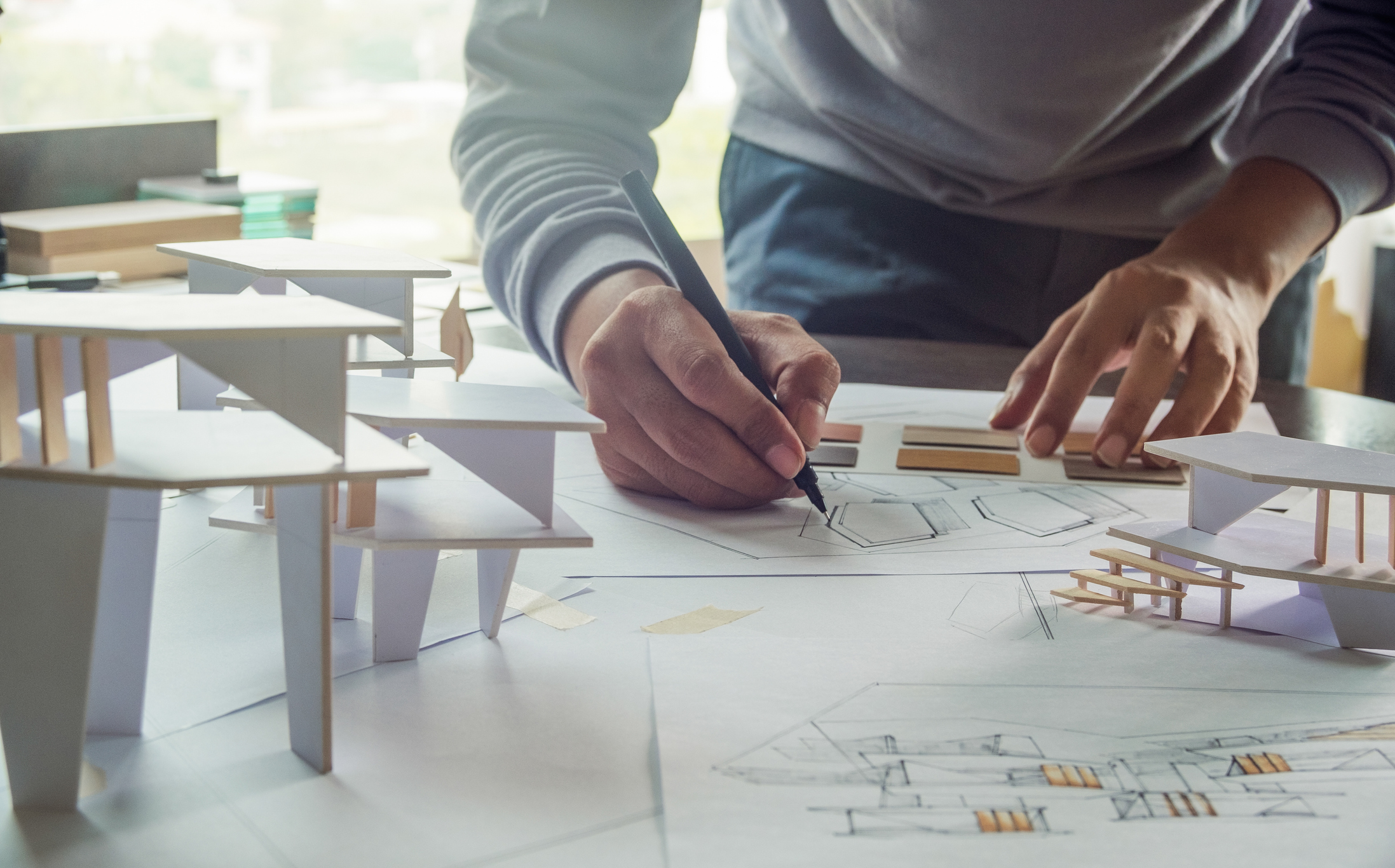The Duty of Sustainability and Innovation in Modern Architect Practices
Sustainability and innovation are improving modern-day style in means you may not expect. By embracing environment-friendly materials and smart innovations, engineers are not just creating structures; they're crafting atmospheres that improve our quality of life. This change isn't just about aesthetic appeals or performance; it's regarding developing a responsible approach to our earth's future. What's driving this improvement, and exactly how can these modifications effect your neighborhood?
The Relevance of Sustainable Style
Sustainable style is crucial not simply for the atmosphere but additionally for enhancing our top quality of life. When you accept lasting design, you're not simply reducing your carbon footprint; you're producing spaces that promote health and wellness and well-being.
Additionally, sustainable design usually causes more powerful neighborhoods. When structures are designed with green methods, they can motivate others to do the same, promoting a society of sustainability. You'll see increased residential property values and a better sense of satisfaction in your environments.
Finally, by prioritizing sustainability, you're purchasing the future. You're ensuring that future generations enjoy a much healthier world and lively neighborhoods. When you consider your following task, believe about just how lasting design can elevate your life and those around you.
Innovative Products Transforming Building Practices
As you discover ingenious materials in architecture, you'll locate that eco-friendly construction products are improving just how we consider sustainability. Recycled content developments are providing new life to waste, while clever product modern technologies boost developing effectiveness. These innovations not only advertise eco-friendliness yet additionally press the limits of design.
Eco-friendly Construction Products
While typical construction materials typically add to environmental deterioration, biodegradable construction materials are emerging as a sensible option that changes building techniques. You can check out options like bamboo, mycelium, and hempcrete, which not just minimize waste however also advertise sustainability. These products break down normally at the end of their lifecycle, reducing garbage dump contributions. By incorporating eco-friendly options right into your designs, you're not simply enhancing visual appeal; you're likewise making a positive impact on the earth. Plus, they usually require much less power to create, additionally lowering your task's carbon footprint. As you adapt to these cutting-edge products, you'll find that they use sturdiness and flexibility, enabling you to develop structures that line up with modern worths of sustainability and duty.
Recycled Web Content Technologies
In the last few years, cutting-edge products with high recycled material have revolutionized building practices, offering architects exciting new choices - Architect. You can now integrate products like recycled steel, which not just minimizes waste yet additionally flaunts excellent stamina. Recycled glass is an additional fantastic selection, giving aesthetic charm while decreasing environmental impact

Smart Product Technologies
Smart product innovations are reshaping the means you believe concerning building methods, using dynamic remedies that adapt to altering conditions. These ingenious materials, such as self-healing concrete and thermochromic glass, improve building efficiency and sustainability. By incorporating smart materials, you can produce energy-efficient layouts that respond to their atmosphere, decreasing general energy consumption.
The Integration of Smart Technologies in Design
As technology advances, integrating clever solutions into architectural design ends up being necessary for developing sustainable and reliable rooms. You can include clever modern technologies like building management systems, which enhance energy use and improve passenger comfort.
Integrating Web of Things (IoT) tools enables for smooth communication among numerous building systems, enabling you to make data-driven choices that enhance performance. Smart products that respond to environmental changes can even more boost your design, supplying vibrant services to ever-changing problems.
Power Efficiency and Renewable Power Solutions
While many designers concentrate on visual appeals, focusing on power efficiency and sustainable power solutions is essential for sustainable layout. You can start by integrating easy solar layout, which enhances all-natural light and warmth, minimizing dependence on synthetic lighting and home heating systems. Make use of high-performance insulation and energy-efficient windows to decrease energy loss.
Do not forget renewable power systems-- install solar panels or wind generators to generate tidy power on-site. You can likewise think about incorporating geothermal heating and cooling down systems for a more lasting temperature regulation.
By picking energy-efficient appliances and lights, you'll not only decrease energy usage but additionally reduced operational prices for developing owners.
Including these concepts into your read more styles not just benefits the setting yet also boosts the structure's charm and value. Eventually, your commitment to energy effectiveness and eco-friendly energy will establish your projects apart in an affordable market.
Water Preservation Strategies in Modern Style
Incorporating water conservation techniques into contemporary style is essential for creating sustainable structures that minimize environmental influence. You can achieve this by integrating rain harvesting systems, which save and gather rain for watering and non-potable uses. Applying low-flow components and smart watering systems likewise lowers water usage, making sure efficient use throughout the building.
Take into consideration utilizing drought-resistant landscape design, which needs less water and advertises biodiversity. Integrating absorptive paving materials permits rainwater to penetrate the ground, minimizing runoff and charging groundwater supplies.
Furthermore, mounting greywater recycling systems can repurpose water from sinks and showers for bathroom flushing or irrigation, more saving resources.
The Impact of Biophilic Style on Well-Being
Biophilic layout brings nature indoors, and you'll observe its positive effects on your health and wellness and joy. By enhancing indoor air high quality and attaching you with natural environments, these spaces can transform your everyday experience. Allow's explore how incorporating these attributes can boost your overall wellness.
Nature's Influence on Health and wellness
When you include components of nature right into your environments, it can greatly enhance your physical and psychological wellness. Biophilic design, which highlights all-natural light, plants, and natural products, promotes a sense of connection to the outdoors. Accepting biophilic design is a step towards a healthier way of life.
Enhancing Indoor Air High Quality
While lots of people focus on looks and functionality in style, boosting interior air quality plays a crucial duty in your overall wellness. Poor air high quality can bring about wellness concerns like frustrations, exhaustion, and breathing issues. By integrating biophilic layout elements, you can enhance air high quality normally. Plants, for circumstances, not just improve your room but also filter toxins and increase oxygen degrees. Utilizing products with low volatile natural substances (VOCs) better adds to a healthier indoor environment. In addition, making best use of all-natural air flow helps lower interior pollutants. Focusing on these aspects in your style will not click here just boost your area yet also promote a sense of calmness and wellness. Inevitably, a focus on air quality is important for a lasting and healthy and balanced living environment.
Connection With All-natural Aspects
When you get in touch with natural environments in your space, you not just enhance its aesthetic appeal but also considerably improve your health. Biophilic design encourages you to integrate attributes like plants, all-natural light, and organic materials. These elements produce a soothing atmosphere, decreasing tension and stress and anxiety. Research study reveals click here that being around nature can boost your state of mind and cognitive feature, aiding you feel much more effective and concentrated. You could see far better air top quality and raised convenience when you invite the outdoors inside. Easy changes, like including a living wall or big windows, can greatly affect your experience (Architect). Eventually, integrating nature into your environment leads you to a healthier, happier way of living, cultivating a much deeper link to the globe around you.
Future Patterns in Sustainable Architectural Practices
As the world encounters pressing environmental challenges, engineers are progressively welcoming innovative strategies to sustainability that redefine exactly how we design and construct. You'll see a surge in biophilic layout, integrating nature into city spaces to boost well-being and minimize power consumption. Smart modern technologies, like AI and IoT, are improving power management in structures, optimizing resource use, and lessening waste.
Moreover, modular building is gaining traction, permitting for faster, a lot more efficient structure procedures while reducing ecological effect. Using lasting products, such as reclaimed wood and recycled steels, is becoming conventional technique. As you explore these trends, expect a change towards round style, highlighting the lifecycle of products and promoting reuse and recycling.
These forward-thinking techniques not only address ecological concerns but also develop much healthier, extra resistant neighborhoods. By staying informed about these fads, you can aid form a lasting future in design.
Often Asked Questions
How Can Sustainability Affect Task Budget Plans and expenses?
Sustainability can significantly impact project prices and spending plans. You could locate that preliminary investments in green products or modern technologies bring about lasting cost savings with power effectiveness, decreased waste, and prospective federal government rewards, ultimately balancing the general costs.
What Accreditations Exist for Lasting Architecture?
You'll discover numerous qualifications for lasting architecture, including LEED, BREEAM, and the Living Building Obstacle. These qualifications aid you show your commitment to sustainability and can enhance your task's reliability and attract customers.
How Does Neighborhood Culture Impact Sustainable Layout?
Regional society shapes lasting design by mirroring community products, customs, and worths. You'll discover that integrating neighborhood visual appeals and practices not just respects heritage however also boosts the functionality and approval of your architectural jobs.
What Role Does Customer Education Play in Lasting Practices?
Client education and learning's essential for promoting lasting techniques. When you educate customers about advantages, expenses, and environmental effects, you equip them to make enlightened decisions, cultivating a collective technique that boosts the task's total sustainability.

Exactly How Can Architects Gauge the Success of Sustainability Efforts?
You can gauge the success of sustainability initiatives by tracking power consumption, reviewing material effectiveness, and event responses from clients. Routine audits and contrasts versus benchmarks will aid you refine your methods and display improvements efficiently.
By incorporating clever materials, you can produce energy-efficient layouts that respond to their environment, minimizing total energy usage.While lots of engineers focus on appearances, prioritizing energy effectiveness and sustainable power solutions is crucial for lasting layout. Biophilic layout, which stresses all-natural light, plants, and natural products, cultivates a feeling of link to the outdoors. Biophilic layout urges you to include attributes like plants, all-natural light, and natural products. As you discover these fads, anticipate a shift toward round design, highlighting the lifecycle of materials and promoting reuse and recycling.